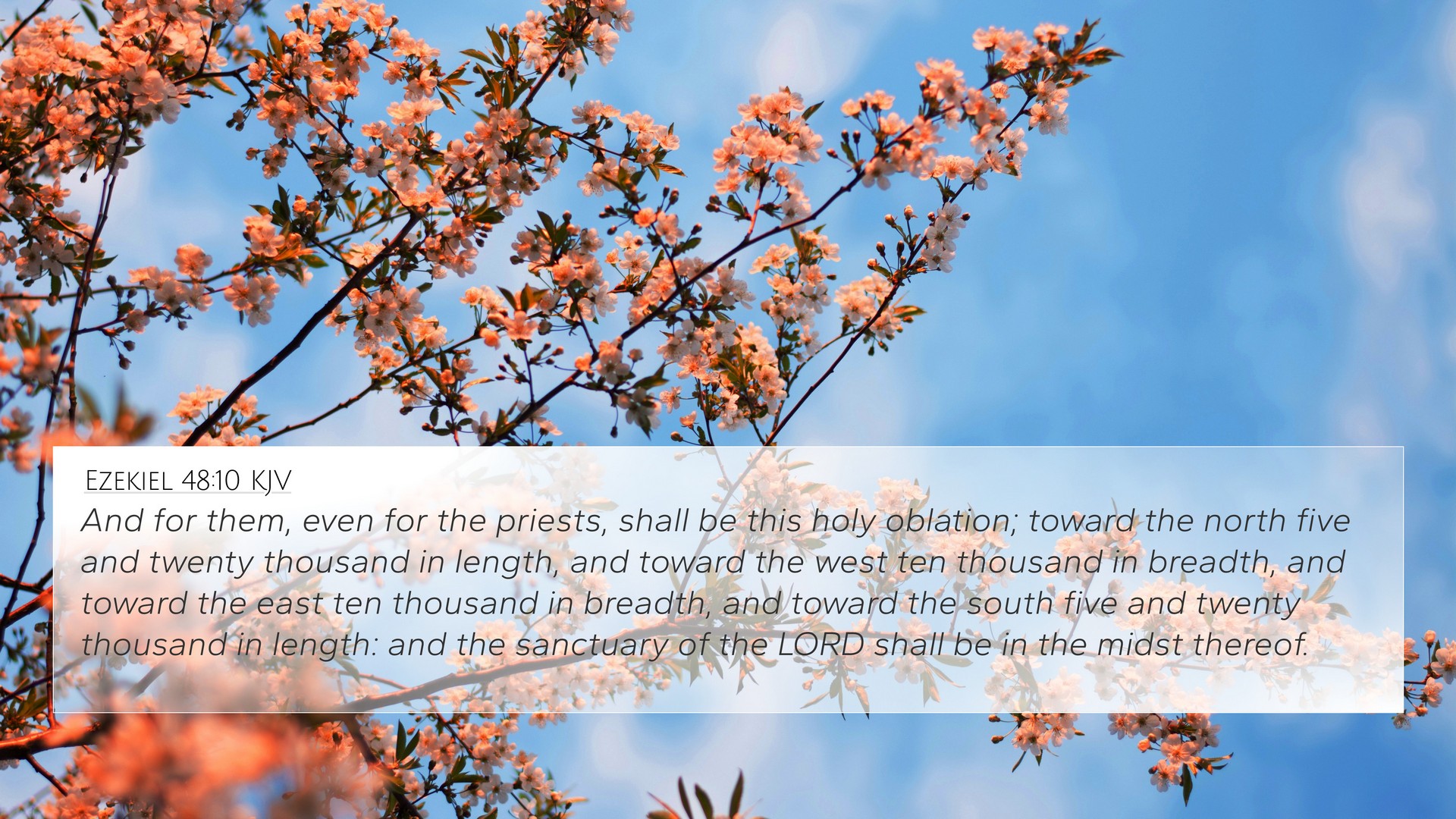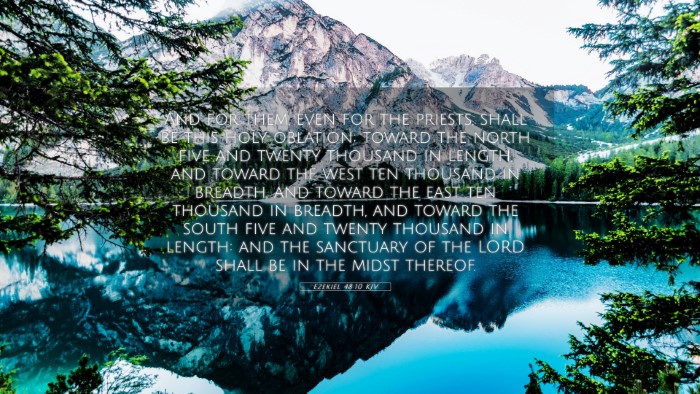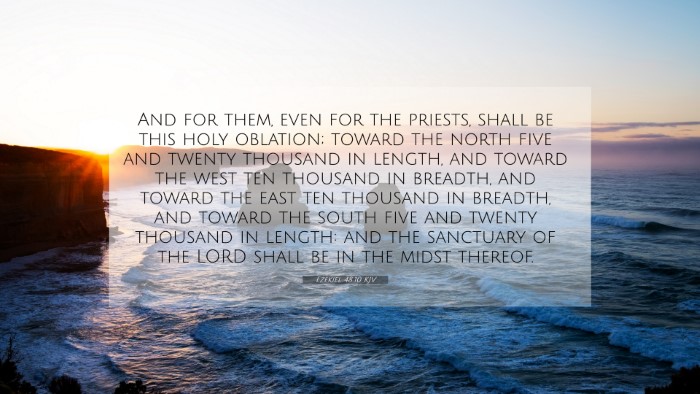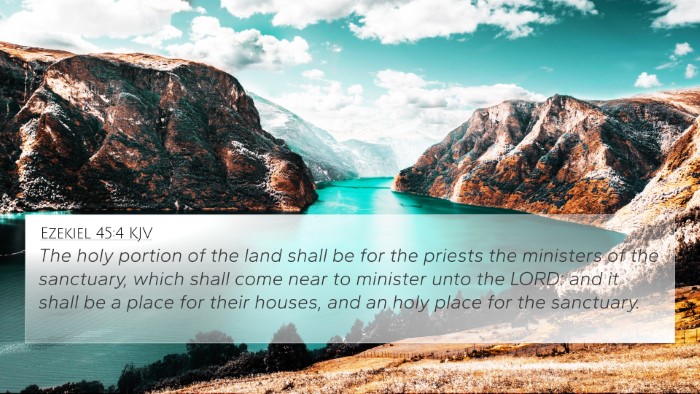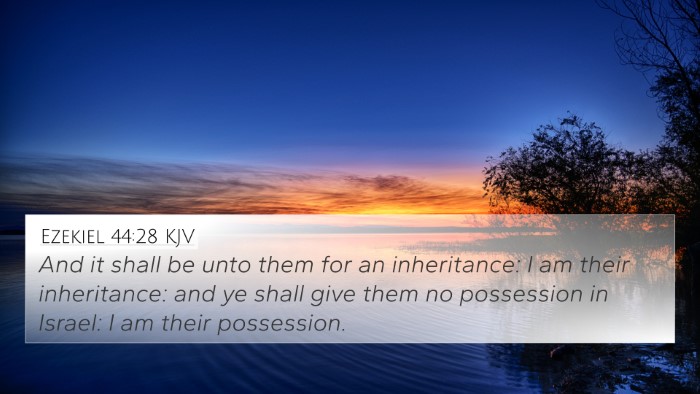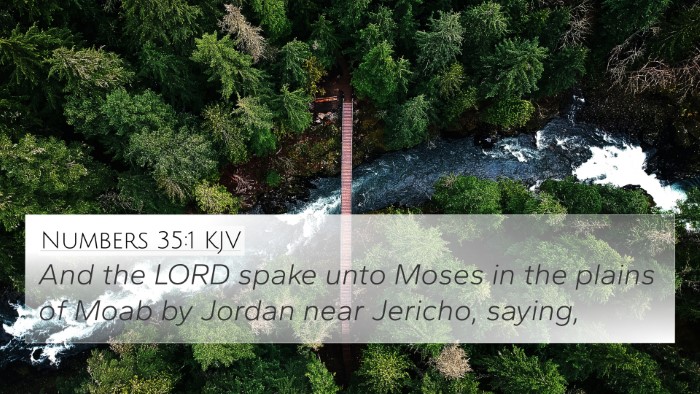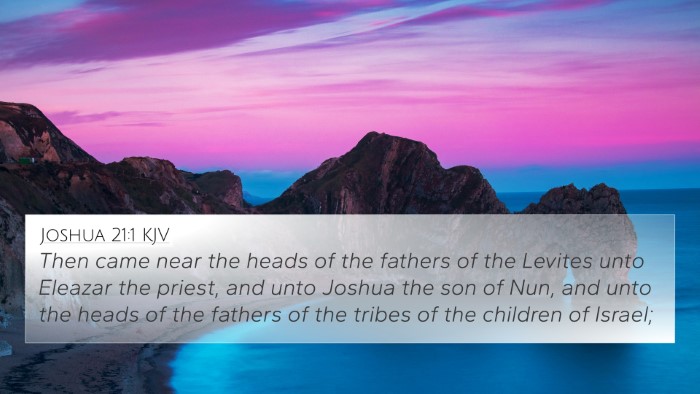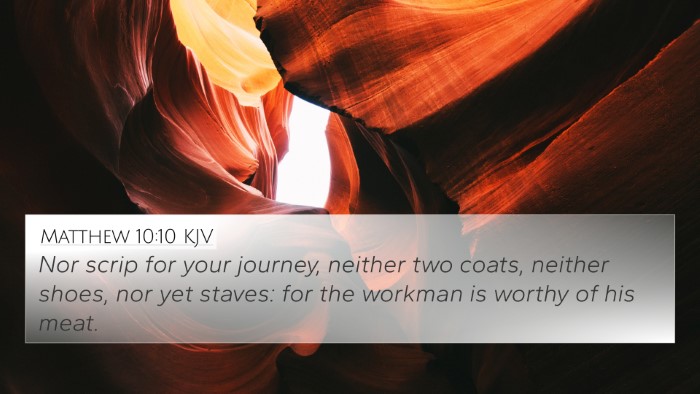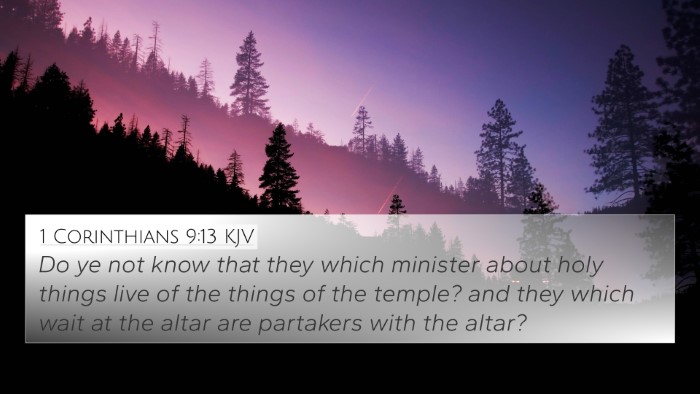Ezekiel 48:10 Explained
Bible Verse: Ezekiel 48:10
The verse states:
"And for them, even for the priests, shall be this holy oblation; toward the north five and twenty thousand in length, and toward the west ten thousand in breadth." (Ezekiel 48:10, KJV)
Summary of Meaning
This verse describes a specific allocation of land in the new division of Israel, designated as a holy oblation for the priests. The measurements specified symbolize a portion of the land set aside for the service of God and His priests, emphasizing the sanctity of their calling and their role in mediating between God and the people.
Commentary Insights
Matthew Henry's Commentary
Matthew Henry highlights the significance of the land allocation, noting that it is a portion devoted to the priests who serve in the temple. This reflects God's provision for those who serve Him, ensuring that they have a dedicated place that is separate from common lands. He emphasizes the importance of setting apart a space for the sacred work of the Lord.
Albert Barnes' Notes
Barnes comments on the measurements provided in the verse, explaining that they represent the dimensions of the sacred land. He points out that the priests have a unique role in the community, and their land serves as a reminder of their spiritual responsibilities. This portion is considered holy, underscoring the theme of divine selection and the importance of a priestly heritage.
Adam Clarke's Commentary
Clarke provides additional context by connecting the allocation of land to the broader themes of holiness and separation in the priestly laws. He notes that such divisions serve as reminders of the covenant relationship between God and His people, where the priests act as intercessors. The layout is part of the prophetic vision of restoration and rectitude in worship.
Bible Verse Cross-References
- Leviticus 23:10-11: Discusses the priestly responsibilities and the importance of their designation within Israel.
- Numbers 18:8-10: God speaks about the priests' share of the offerings being set apart for holy purposes.
- Hebrews 7:13-14: Refers to Christ's priesthood and how it supersedes the Aaronic line, emphasizing a continual priesthood.
- Ezekiel 40:46: Provides further details about the roles of the priesthood in the restored temple.
- Ezekiel 44:15-16: Emphasizes the physical and spiritual stature of the priests and their relationship with God.
- Malachi 2:5-7: Highlights the covenant with the Levitical priests and their duty to teach the law.
- Revelation 21:9-10: Describes the New Jerusalem and the roles of God’s people, drawing parallels to holiness and separation.
- Psalms 132:9: To underline the idea that the priests were to be clothed with righteousness.
- Isaiah 61:6: Elucidate that the faithful priests shall operate in God's house and receive gifts.
- 1 Peter 2:9: Reminds believers that they are a chosen generation and royal priesthood, drawing modern connections to Ezekiel's vision.
Thematic Connections
The themes of holiness, separation, and dedicated roles reverberate throughout the entire biblical narrative. Ezekiel 48:10 serves as a bridge between Old Testament sacrificial and priestly practices, and the teachings found in the New Testament.
Inter-Biblical Dialogue
The allocation of land for the priests and the structure of worship in Ezekiel's vision engages in a significant dialogue with other biblical texts concerning the role of priests and the sanctity of space dedicated to God. Connecting Ezekiel with New Testament themes allows for a deeper understanding of God’s meticulous design for worship and its implications for modern believers.
Conclusion
Ezekiel 48:10 is a verse rich with meaning and context. It carries historical significance, reflecting God's ongoing covenant with His priests and the faithful promise of restoration. For those studying biblical texts, connecting this verse to others enhances comprehension and encourages a deeper exploration of God’s word.
